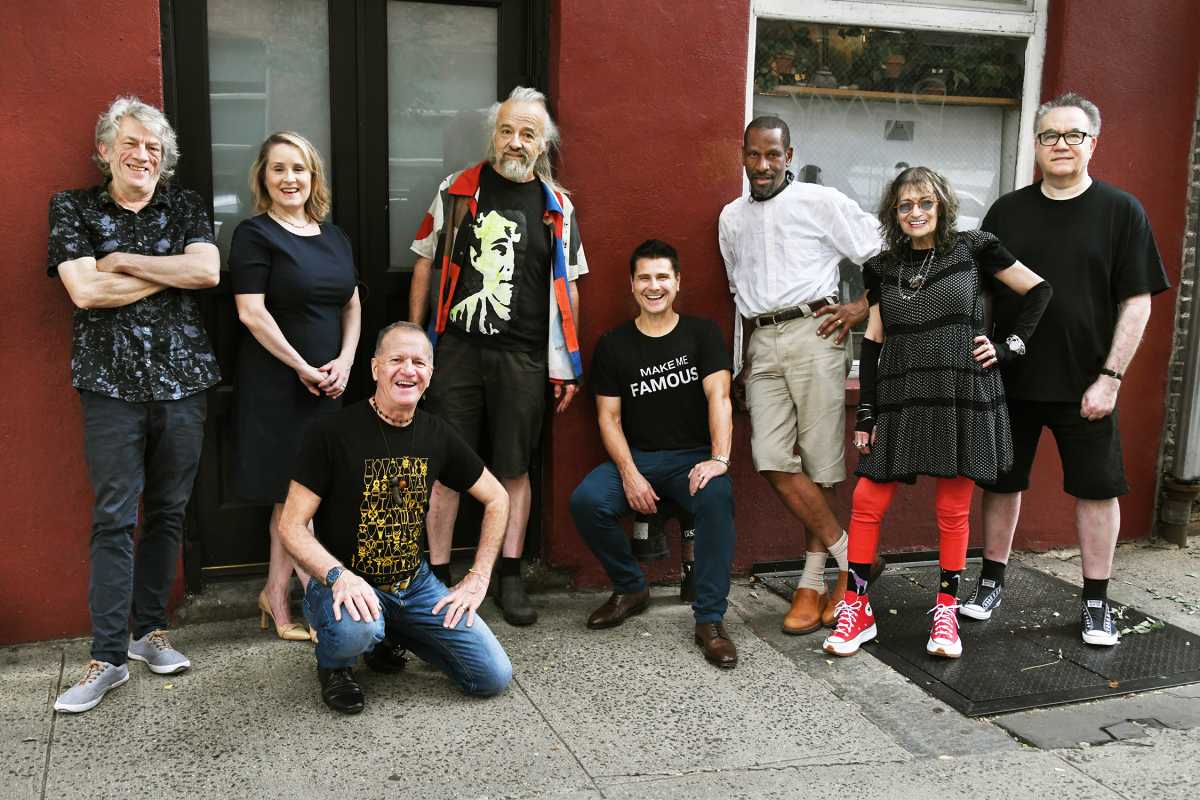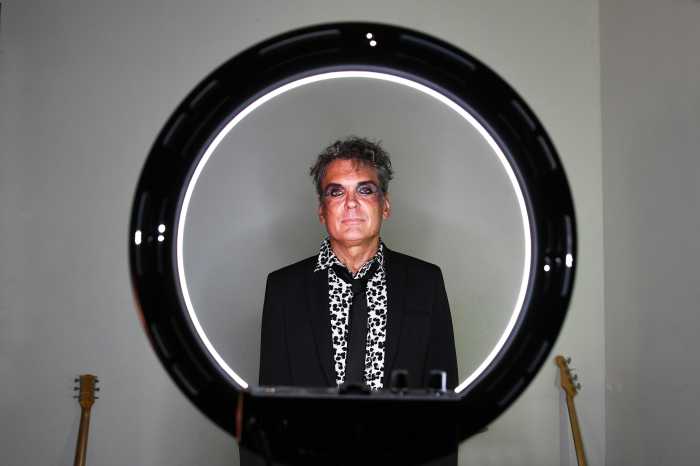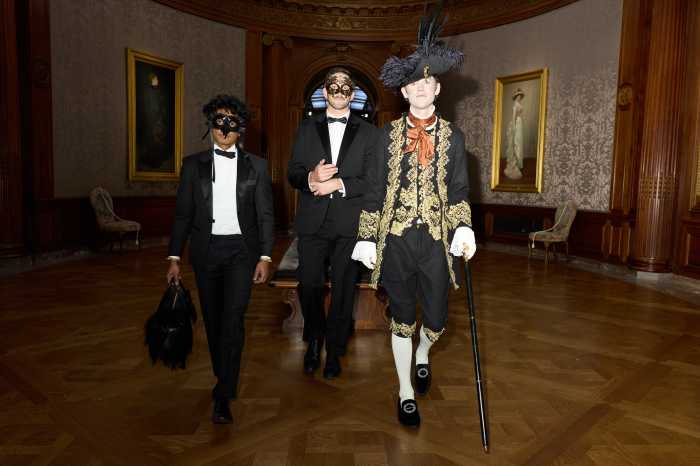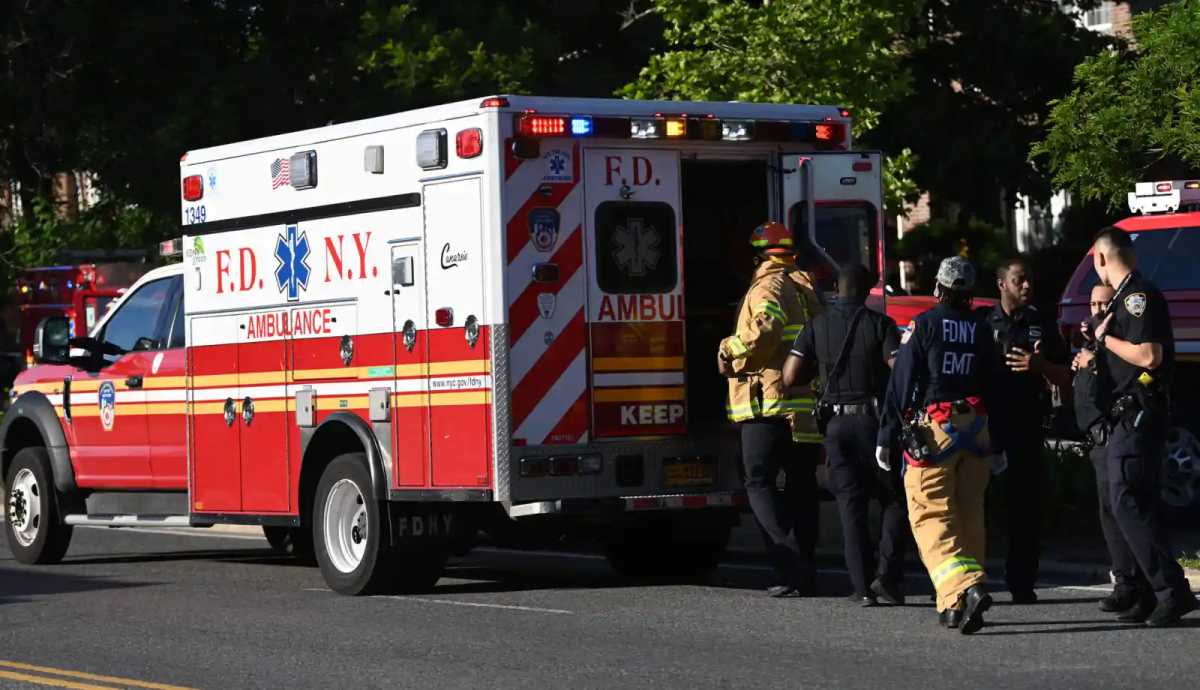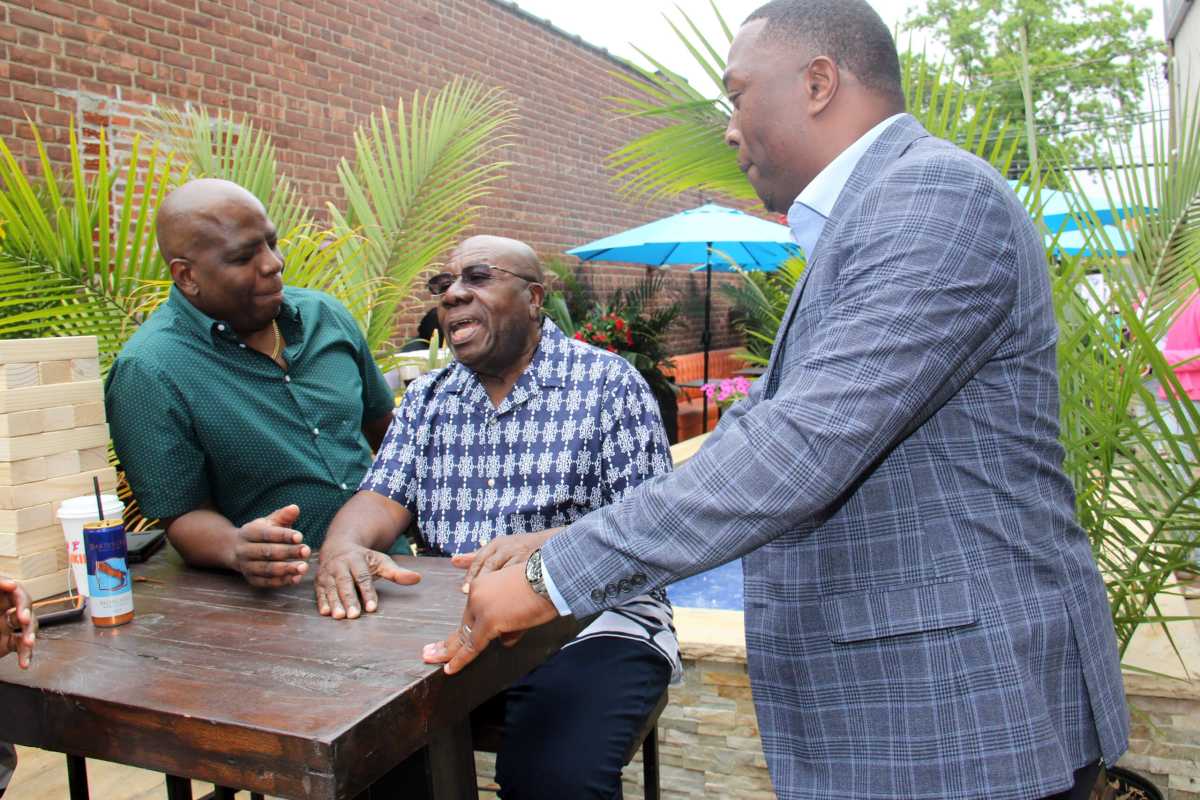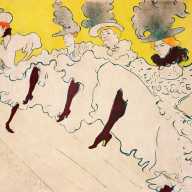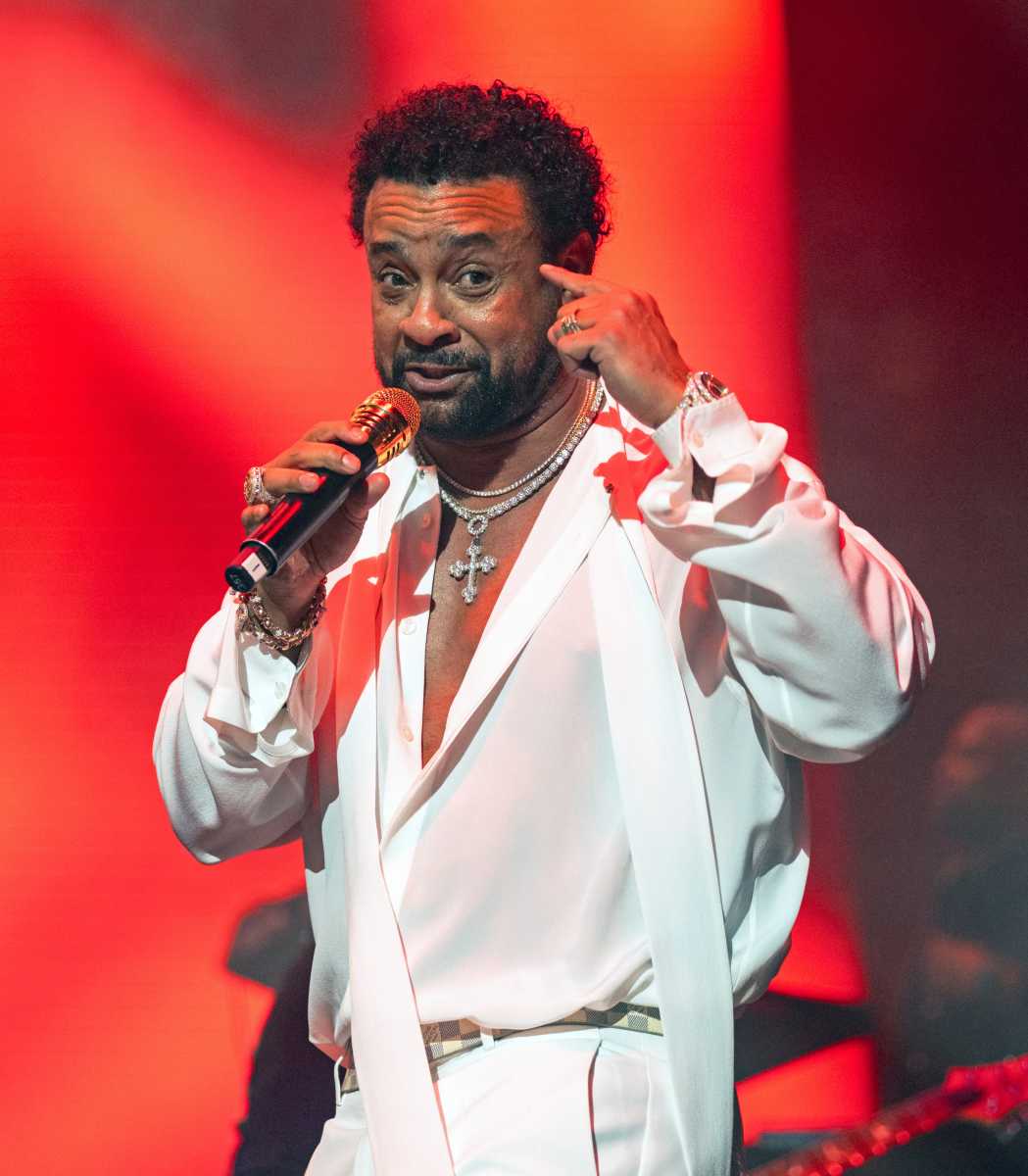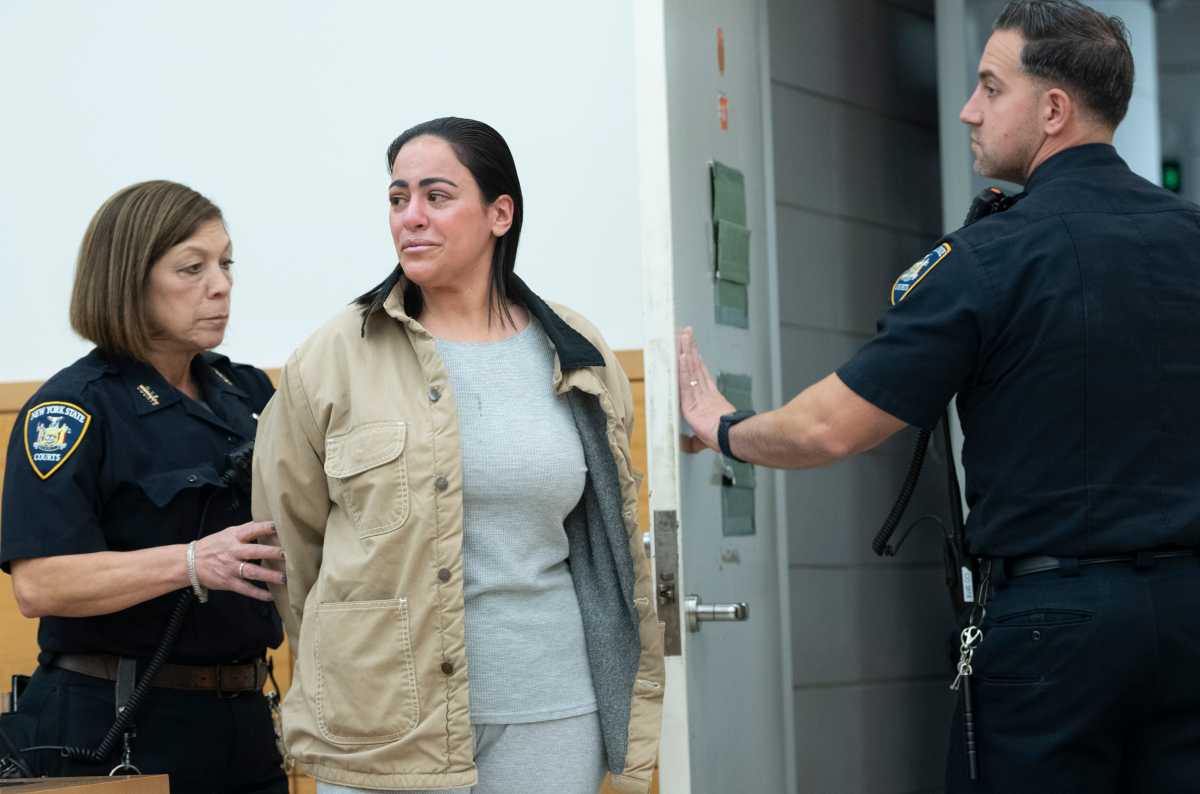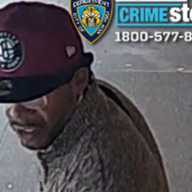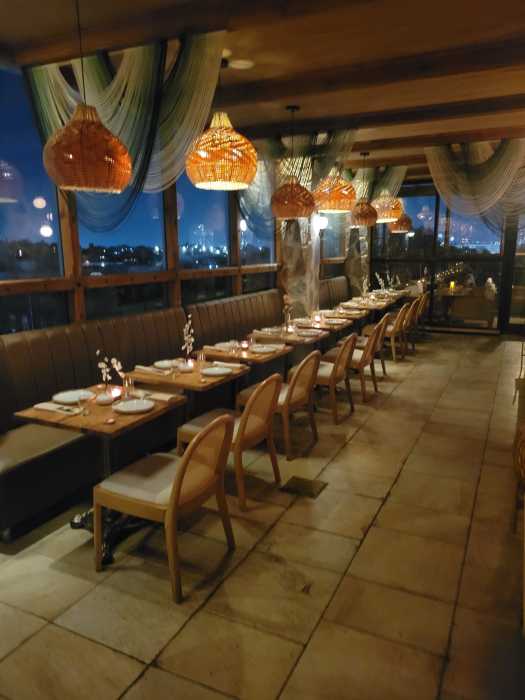Brian Vincent’s “Make Me Famous,” his documentary about the East Village art scene in the 1980s, is a prime example of an idea that evolved into something completely different than originally planned.
A Juilliard-trained actor who wasn’t around the East Village in the 80s, Vincent “got excited about the era through books (including Cynthia Carr’s ‘Fire In The Belly’) and was looking for an excuse to meet some of the people about whom he read. When he met art collector Lenny Kisko — who introduced him to the work of an artist named Edward Brezinski — and then video archivist Jim C., he realized that he had to do a film.
“I had the idea in 2012,” he explains, “but I thought I was going to write a play. … “Jim C. Had over 100 hours of video and I watched all of it.”
Jim C. had come to New York specifically to document the downtown scene, but had no immediate plans for the tapes.
“No one has seen them until now”, he says. “I wouldn’t have dreamed in a million years that anything would come of this footage, but my intention was that it would be preserved to make this time real for people in the future.”
He is happy to see that “the film captures the roller coaster ride that was the East Village.”
“I wanted to do something meaningful with this film, but we didn’t realize how hard it would be. Mostly we spent our own money on it — we put ourselves in a hole,” Vincent recounts.
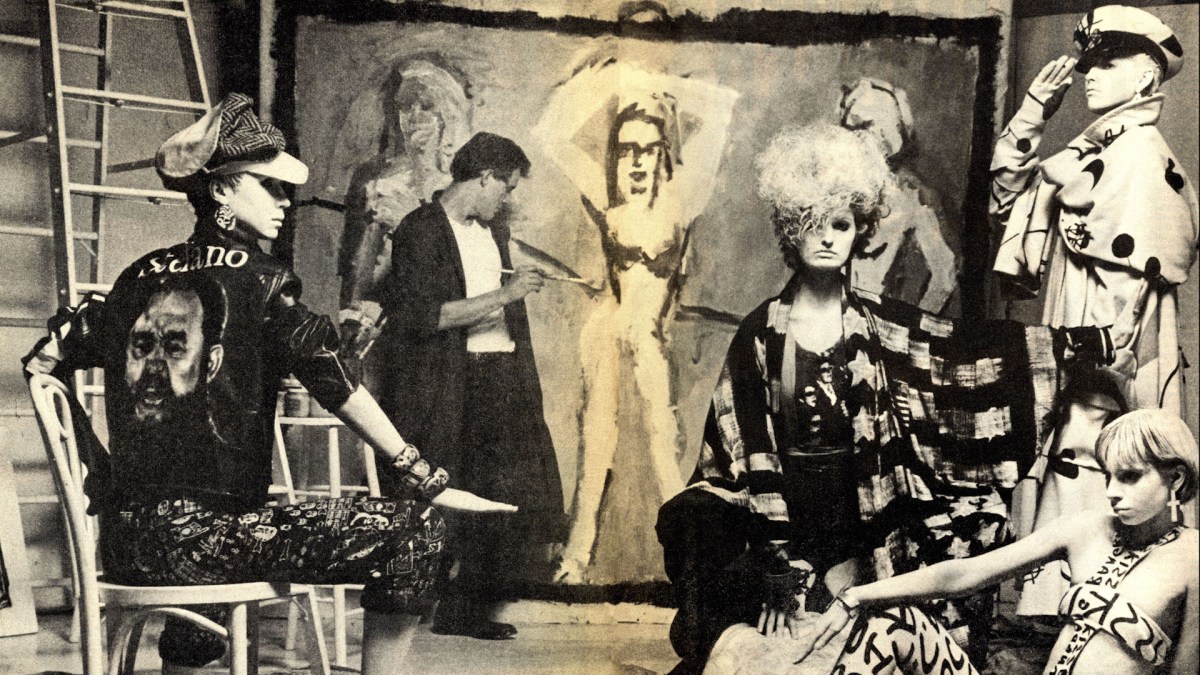
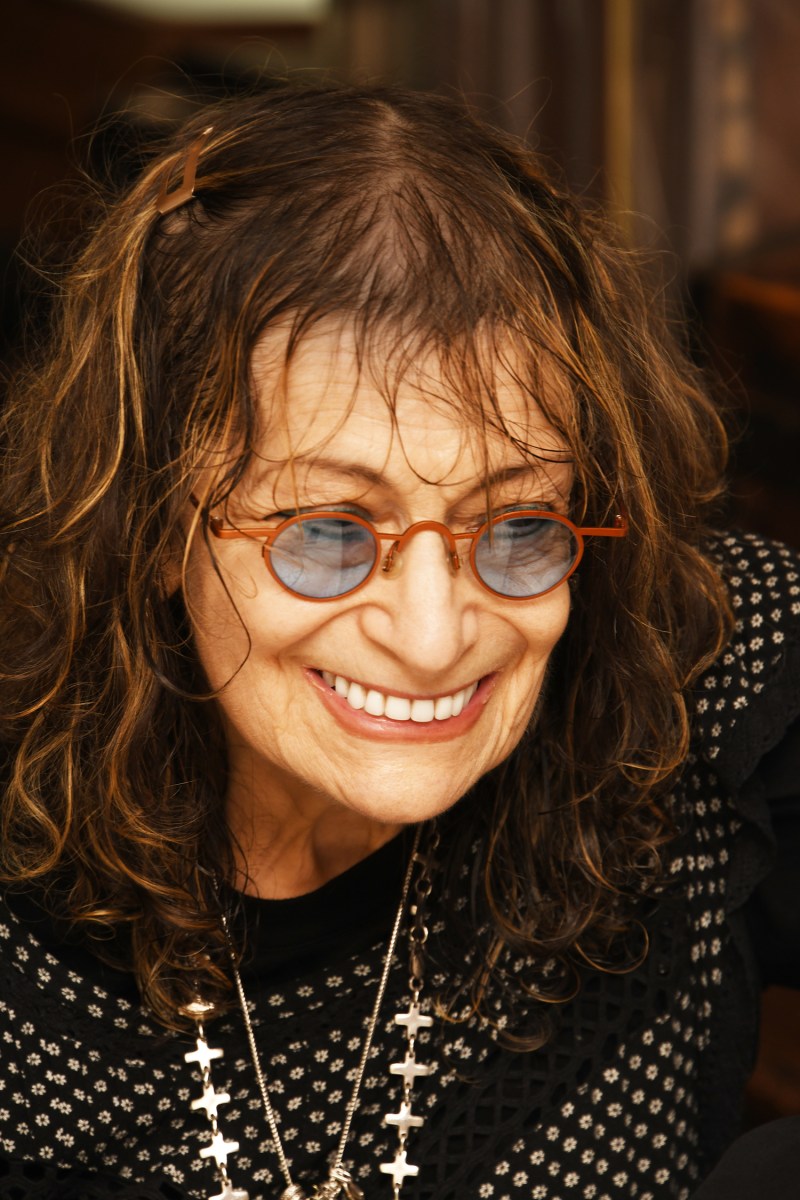
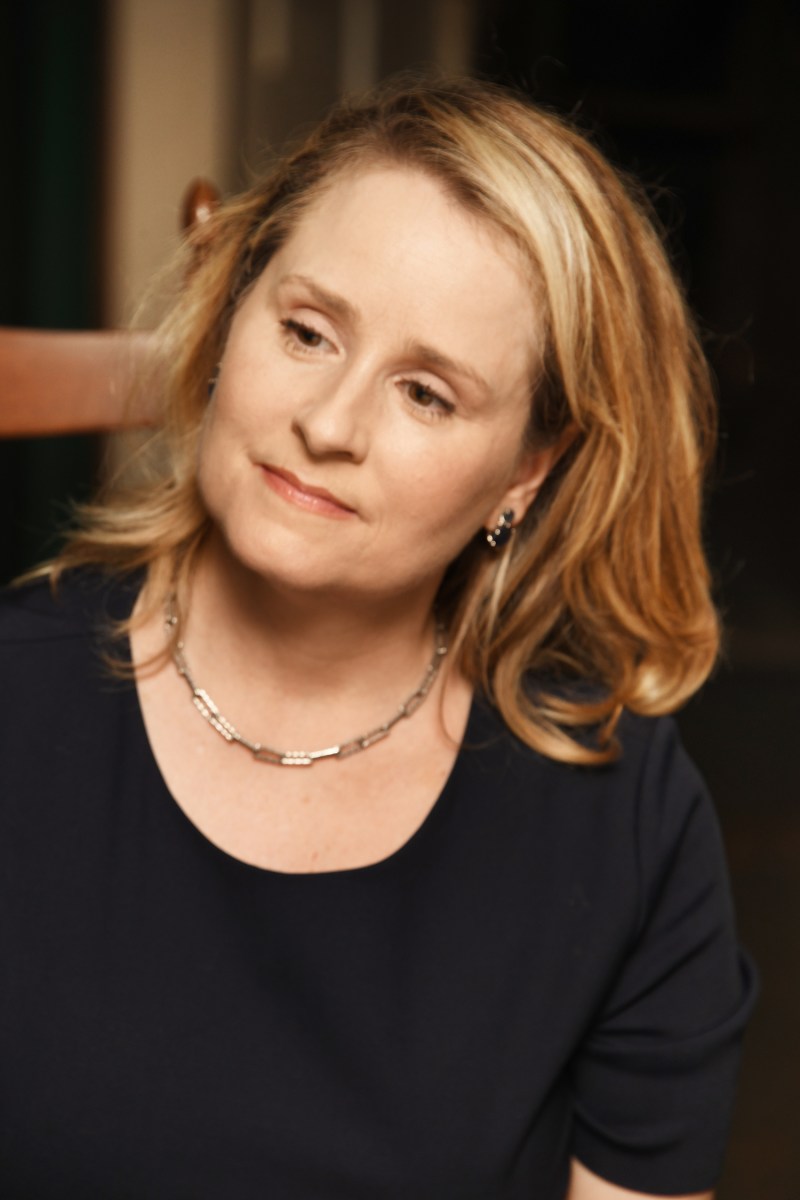
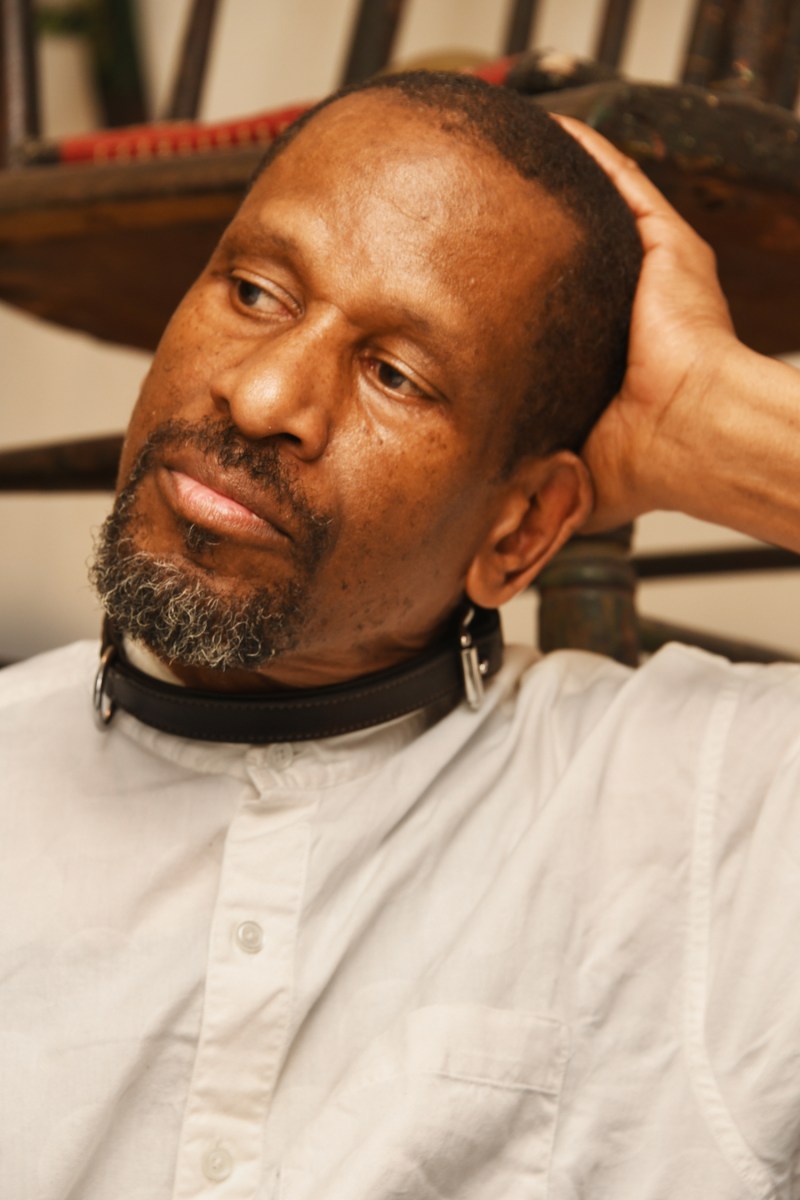
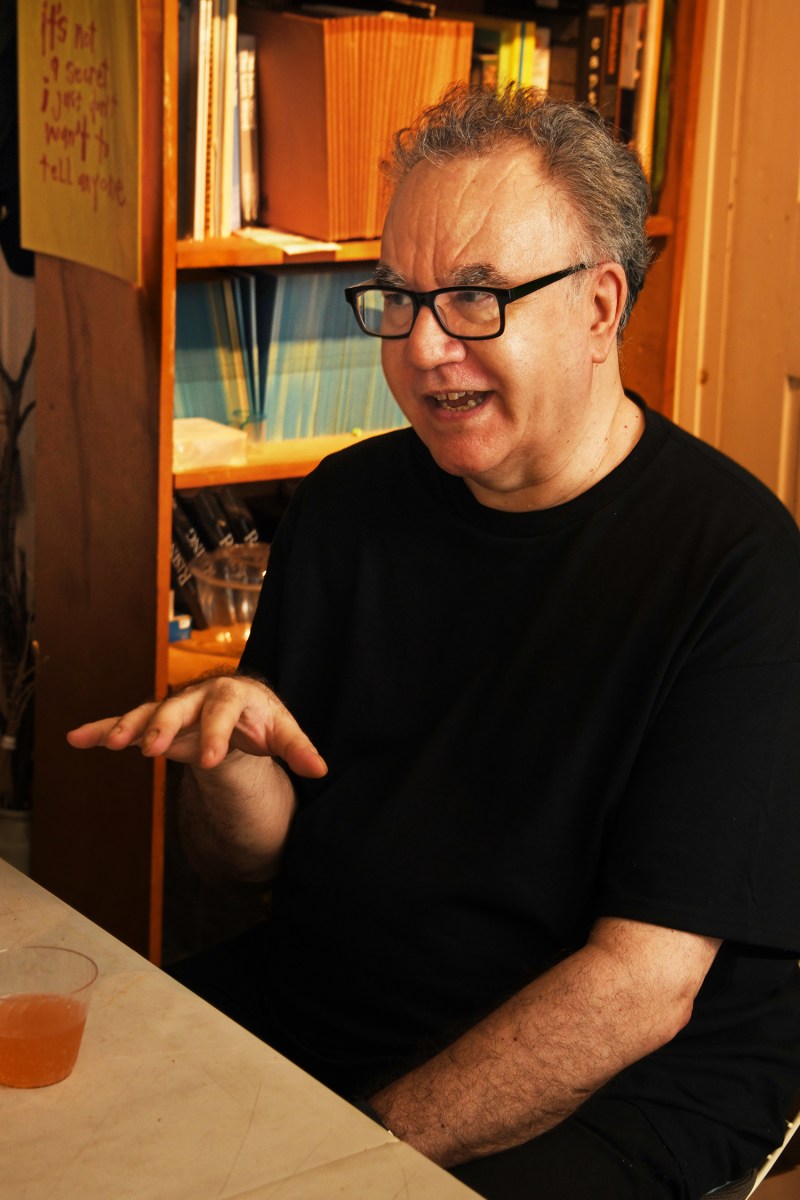
His wife Heather Spore, who acted as the film’s producer, has been struck by the reactions that she experiences after screenings.
“It causes people to relive their own memories of the time”, she says. They get lost in the nostalgia of their own lives. It’s very intense”.
The film revolves around the late Brezinski, whose artistic worth is left up to the viewer to evaluate. Included in the film are comments and reminisces by Eric Bogosian, McDermott and McGough, Patti Astor, Duncan Hannah, Richard Hambleton, Kenny Scharf and a number of people in the group of survivors of that era who gathered together recently at the landmarked Geoffrey Hendricks, Brian Buczak and Sur Rodney (Sur) Residence and Studio to discuss their feelings about the endeavor.
Art collector Kisko notes that the film “captured extraordinarily precisely a version of life at the time. There was a special scene in the East Village that was like nowhere else. And it was extremely fleeting.”
Artist Jim Radakovich muses, “I don’t think that any film could possibly reach the broadness of the East Village — at one point, there were over 70 galleries. It was much bigger than the abstract expressionists. But the archival footage makes the whole movie”.
Artist James Romberger mentions that “it caught the energy of the scene, the collaborative nature and the freedom that we all felt…. and also some of the backbiting. It wasn’t just Brezinski, everybody wanted to get famous.”
Curator Patrick Fox agrees that “it was a large scene and you couldn’t cover the scope and the vastness and the cliques, but the footage is incredible.”
Photographer Marcia Resnick, who contributed photos to the project, admits that watching it made her wish that she had “spent more time in the East Village.” She notes that “it touches on the humanness of what the world was like before computers.”
Sur Rodney (Sur) opines that “it captures the spirit of a time that would be impossible now.”
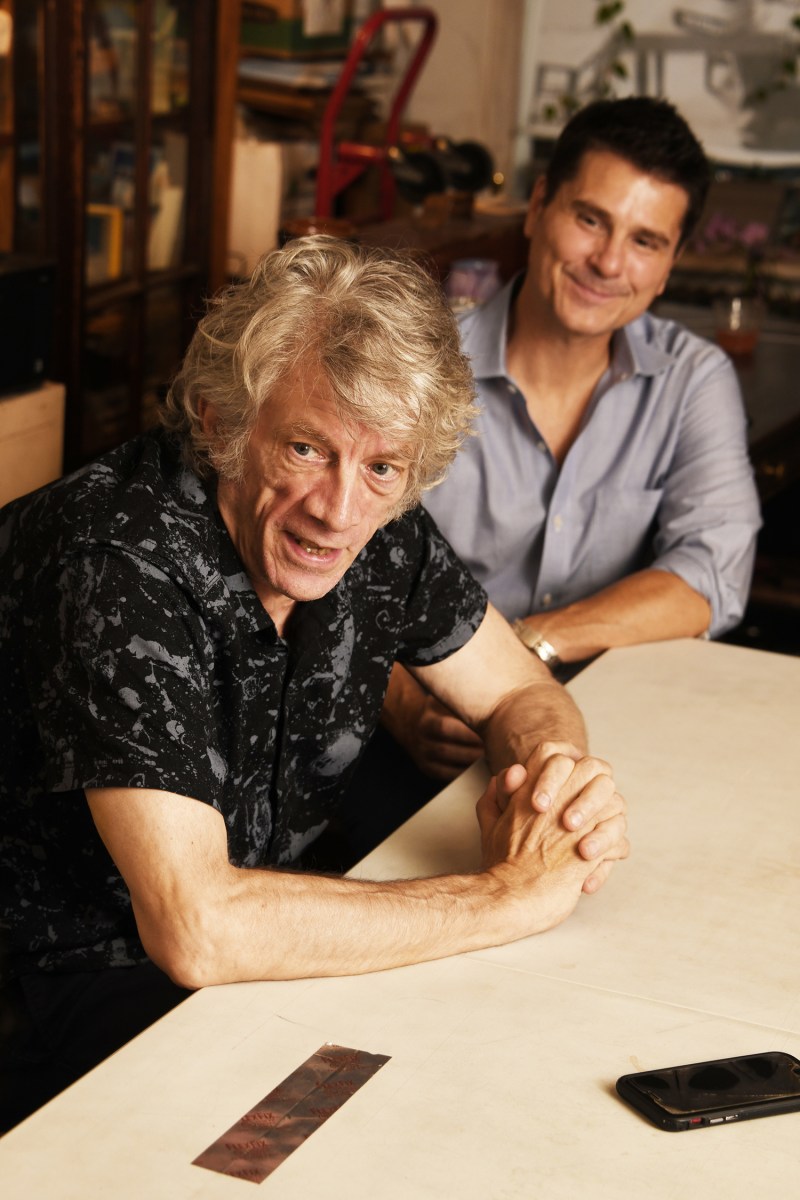
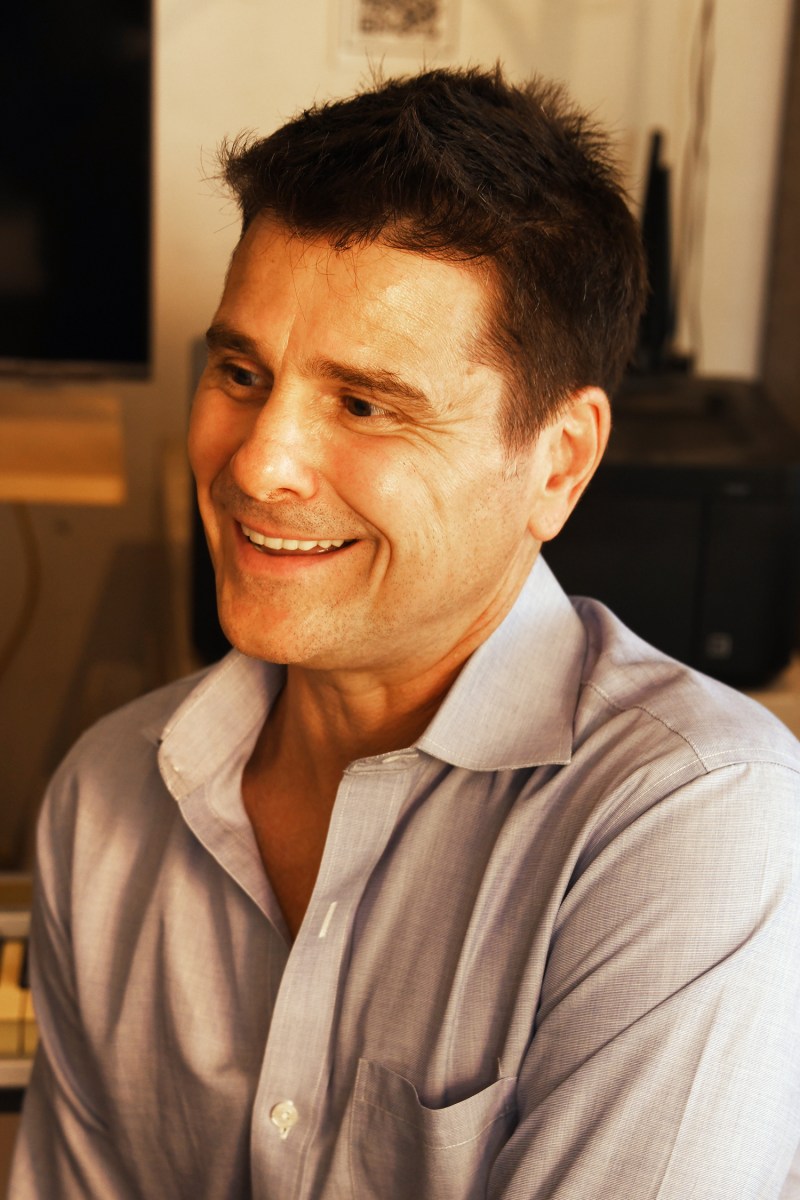
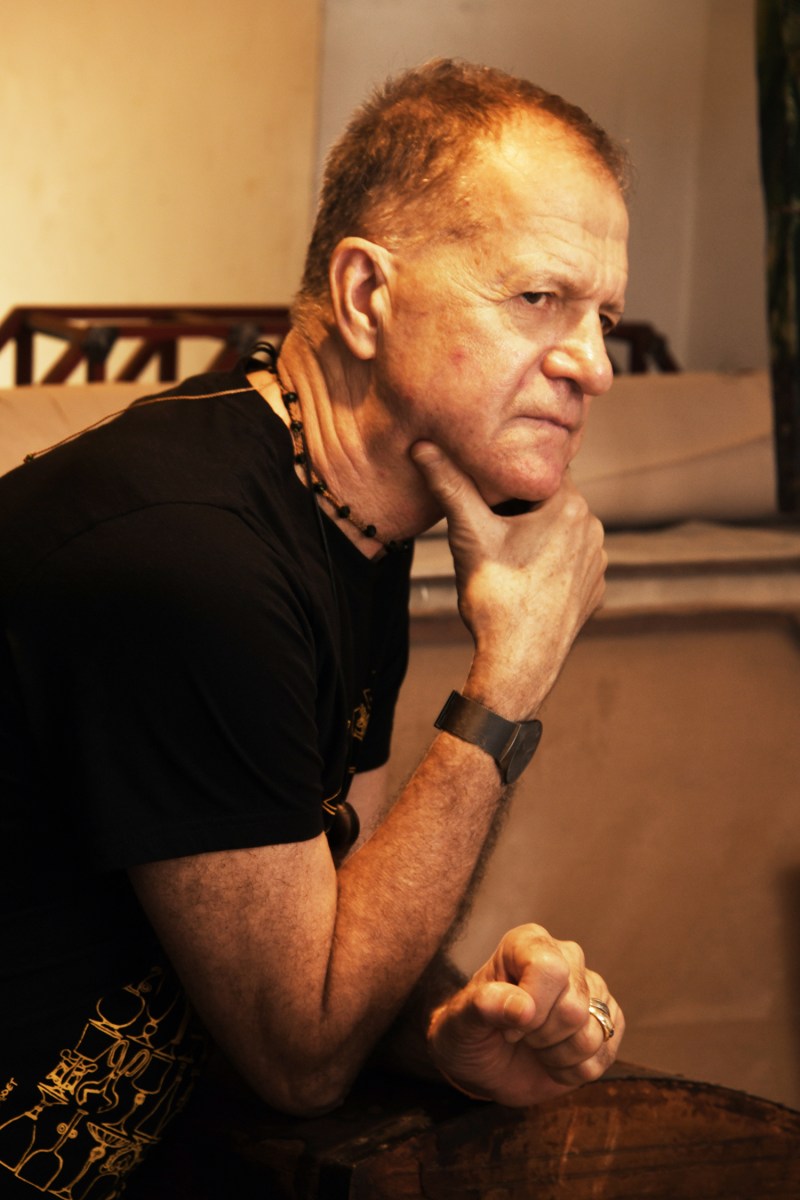
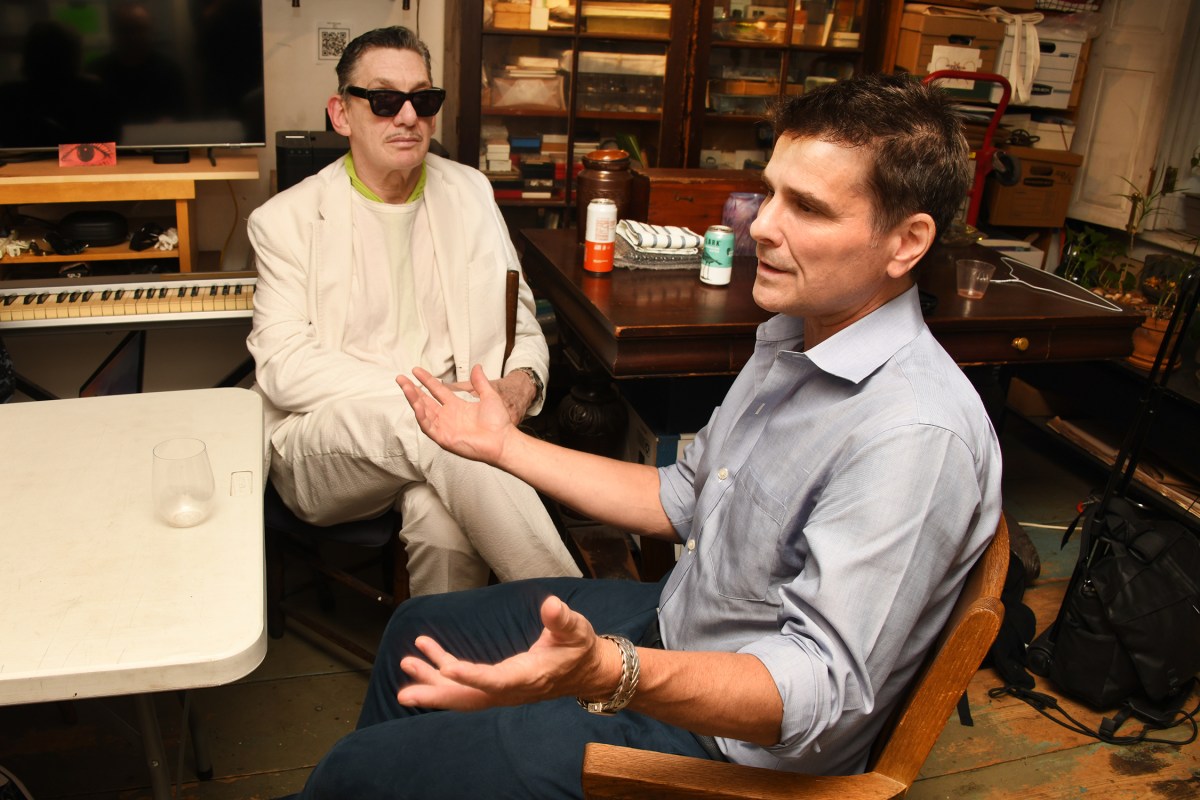
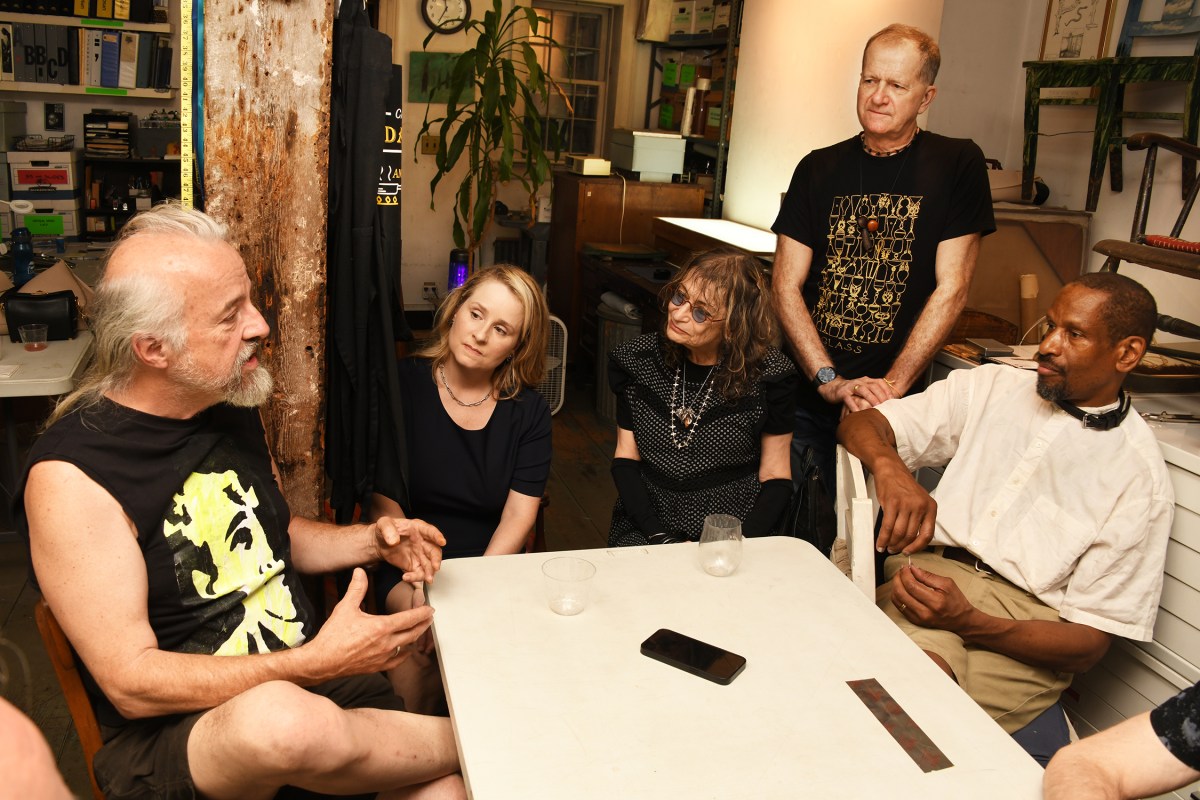
Looking back on the images of those days inspired some to re-evaluate, like Radakovich, who thought that “some of the artists were better than I realized” and Fox who noted that “it made me think that people that I didn’t care for at the time, I like a lot more now. I’ve gained respect for them.”
Romberger’s takeaway was his observation that “I’m very grateful that we didn’t have cell phones with cameras back then — all of our f*ck-ups would be preserved for eternity!” There was agreement all around on that one.
The film, which premiered at the NewFest in 2021, has had successful screenings in London, Ontario and Los Angeles but is not in general release. Special screenings this weekend at the Village East will feature the following special guests for Q and A’s: photographers Josef Astor, Marcia Resnick and Jim C. on July 27; filmmaker/photographer Timothy Greenfield-Sanders and writer/curator Sur Rodney Sur on July 31; and gallerist Annina Nosei (Jean-Michel Basquiat’s first gallerist) and artist Peter McGough on Aug. 1.
Besides seeing the film, Vincent hopes viewers will experience something else as well.
“I think what you are going to see in this is that there is always hope, and that you should never give up hope. After forty-odd years something like this was brought to life, and people are affected by it”.
Ticket info at angelikafilmcenter.com/
Read More: https://www.amny.com/entertainment/arts-entertainment/



